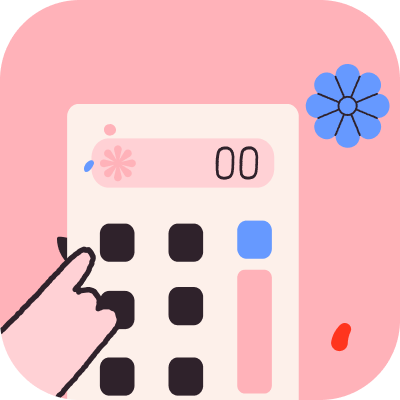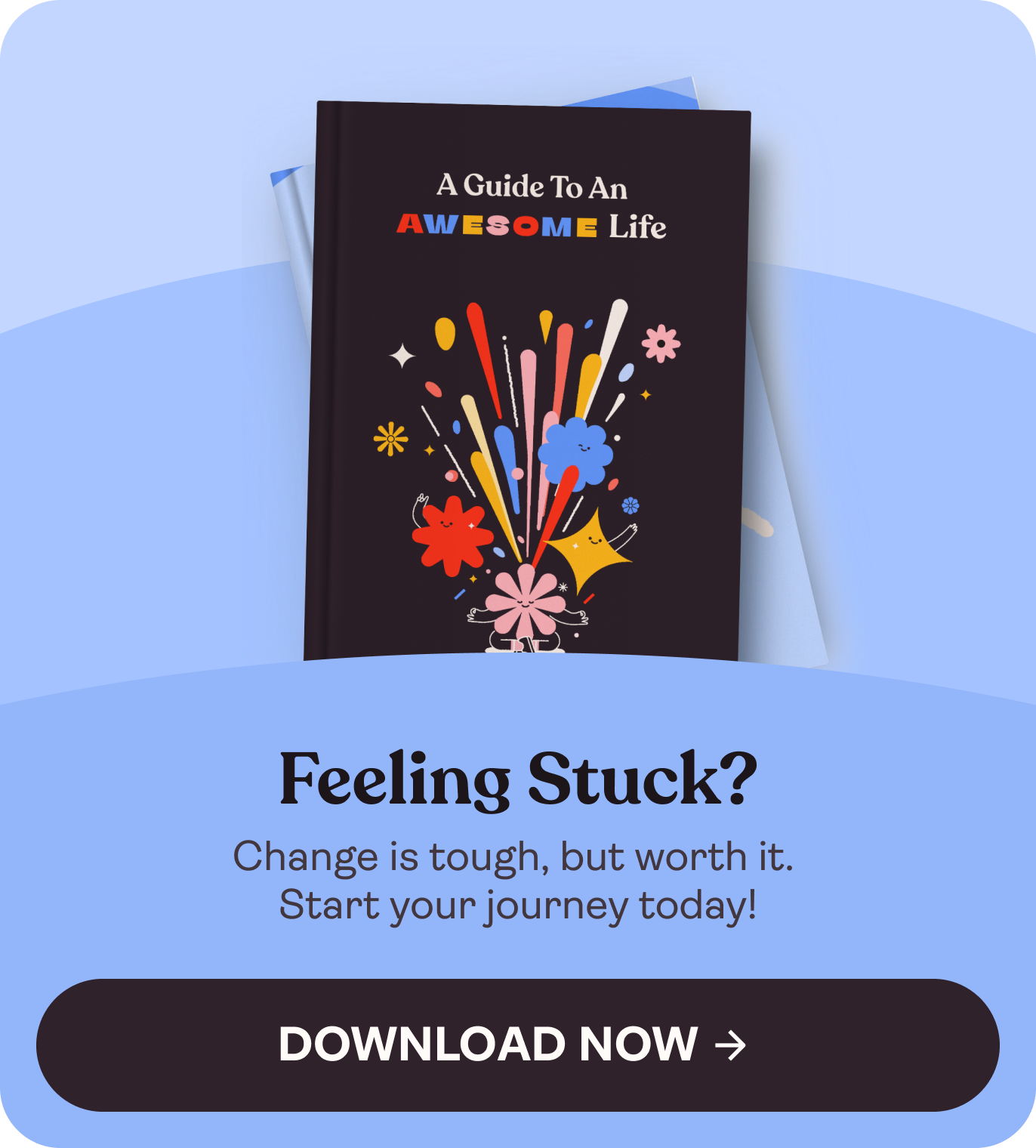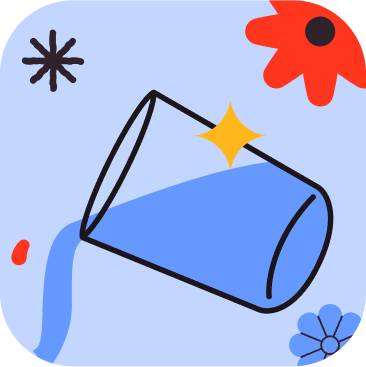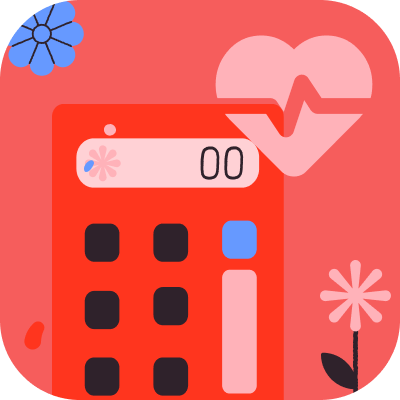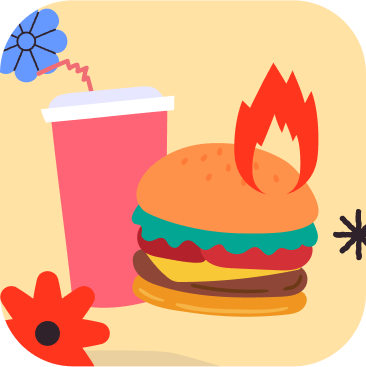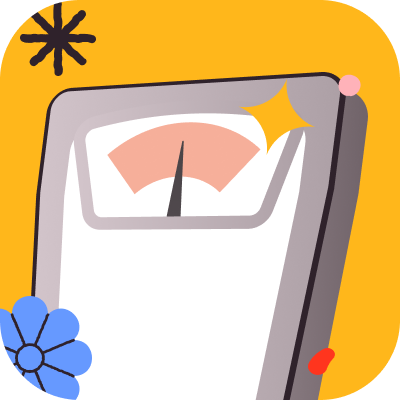Consumption of energy drinks has increased dramatically in young adults and adolescents. These days, it is often observed that in the U.S., energy drinks come in second to multivitamins as the most popular dietary supplement.
Key Takeways:
- Caffeine, Sugar, Guarana, Ginseng, B vitamins and Taurine are some of the common ingredients found in energy drinks. They are also the potential reasons behind the fatigue after consuming energy drinks.
- Always read the label of the energy drink and check the sugar content. Compare it with the maximum recommended dosage of 50 grams by FDA.
- Consult your healthcare provider, if you feel energy drinks are impacting your health negatively.
Although some studies show that energy beverages can help improve performance and brain function, many feel that the effects are short-lived. Large numbers of people around the world are using energy drinks to stay alert, to improve their focus and concentration. The marketing of these products is done in such a way that states it increases cognitive and physical performance.
Are you a student planning to study for long hours, looking for some external factor to improve your concentration, or a late-night driving enthusiast covering a long road journey, looking for a stimulant energy drink to stay alert? Then energy drinks will grab your attention to keep you awake, improve mental alertness, and keep you focused for a short period of time.
Energy drinks are meant to provide instant wakefulness, decrease fatigue, and increase cognitive performance. They are aggressively marketed in places popular with teens and young adults. Approximately two-thirds of energy drink consumers are 13–35 years old, and boys make up two-thirds of the market. They typically contain a combination of substances that work together to produce these effects. Most of the brands in the market contain large amounts of glucose, while some brands offer artificially sweetened versions. Other commonly used constituents are taurine, methylxanthines, vitamin B, ginseng, guarana, yerba mate, acai, maltodextrin, inositol, carnitine, creatine, glucuronolactone, and ginkgo biloba.
These common ingredients in energy drinks are making you feel tired:
1) Caffeine
As an active component of energy drinks, caffeine does all the heavy lifting by increasing performance and mental alertness. Caffeine is a stimulant, which means it has stimulating effects on the brain and nervous system. But doesn’t it sound counterintuitive that a stimulant can also cause fatigue?
You are not wrong there, but here’s the thing: caffeine is a popular stimulant that provides a quick shot of energy, allowing you to run tasks faster and think much more clearly. It blocks the effects of adenosine, which is a naturally created chemical in the body that helps induce sleep. When adenosine builds up, it connects to receptors that tell us we should sleep. Caffeine works to block these adenosine receptors so that we feel more alert.
The amount of caffeine in energy drinks can vary, ranging from 40 to 250 milligrams in an 8-ounce portion. For example, an 8-ounce cup of coffee contains 95 to 200 milligrams of caffeine, while an 8-ounce cup of tea contains 14 to 60 milligrams of caffeine.
Caffeine disrupts your body’s natural processes. As a result, your brain fights back against the overstimulation by producing even more adenosine. So, you feel sleepy and tired directly after chugging that can of go-juice. Too much caffeine can lead to nervousness, anxiety, and even insomnia. As per the guidelines given by the FDA for healthy adults, 400 milligrams a day of caffeine is not associated with any negative health effects.
How much caffeine do energy drinks contain?
Frequent consumption of caffeinated drinks causes changes to your baseline energy. As your body produces more adenosine, you feel lethargic when you’re not caffeinated. Here’s a list of a few popular energy drinks and the caffeine content in them. Since this caffeine content is not mentioned in the ingredients, it was obtained from the manufacturer's website.
|
Red Bull |
8.4 oz (250 ml) |
80 mg |
|---|---|---|
|
AMP |
16 oz (473 ml) |
142 mg |
|
Monster |
16 oz (473 ml) |
160 mg |
|
Rock star |
16 oz (473 ml) |
160 mg |
|
NOS |
16 oz (473 ml) |
160 mg |
|
Full Throttle |
16 oz (473 ml) |
160 mg |
|
5-Hour Energy |
1.93 oz (57 ml) |
200 mg |
2) Sugar
Sugar comes in many different forms (sucrose, fructose, glucose, etc.), so if you don’t see 'sugar' on the label, check for its other names.
An 8 oz. can contain about 21 g to 34 g of sugar. Each energy drink you consume contains about 29 grams of sugar, which equals about 7 teaspoons of sugar in every single can.
There is a spike in blood glucose levels which hypocretin or orexin, a neurotransmitter in the brain responsible for keeping us energized and awake. Orexin is a wakefulness-controlling neurotransmitter in the brain. So high sugar content in energy drinks suppresses orexin, which further makes you drowsy and tired. This makes you feel exhausted even after consuming an energy beverage. But that’s not all—low orexin could also lead to obesity and other negative outcomes. The famous Monster energy drinks contain a whopping 59 grams of sugar (13.5 teaspoons of sugar).
3) Guarana
The seeds of the guarana plant contain more caffeine than any other plant. Thus, people who consume energy drinks that contain guarana and caffeine from other sources may be getting more total caffeine than they think. As there is no research conducted on the caffeine content in guarana plants, on how much to be consumed which can cause any serious side effects on health.
4) Ginseng
Ginseng is an herbal supplement that researchers believe may help increase energy and improves memory. Yet, experts also report that ginseng can be associated with insomnia. There are two main types of ginseng: Asian or Korean ginseng (Panax ginseng) and American ginseng (Panax quinquefolius). Panax ginseng has been linked to pretty significant side effects, including abdominal pain and headaches.
5) B Vitamins
As B vitamins are important for metabolism, many energy drinks contain high levels of B vitamins, particularly B6 and B12. The dosage of B12, B6 is several thousand times higher than the Required Daily Allowance (RDA) and almost 100 percent for folic acid. These vitamins are involved in the production of energy from carbohydrates, fats, and proteins and can help to improve energy levels. This is misleading people that B vitamins help to energize them, but in actual case, it won’t.
6) Taurine
Taurine is an amino acid that is also added to many energy drinks. It improves muscle function and reduces muscle fatigue by regulating the levels of calcium in cells. Some energy drinks contain sedative substances like valerian root, kava, or melatonin. These ingredients can make you feel drowsy and sleepy, which could be counteracting the effects of the caffeine.
Can energy drinks land you in emergency room?


Yes. As the data suggest, there is a tenfold rise in emergency room (ER) visits due to energy drink consumption, as reported by the U.S. Center for Behavioral Health Statistics and Quality. Since most of the energy drinks contain caffeine, which can counterreact with major systems of our body.
These might have possible detrimental health consequences like cardiovascular rapid heartbeat, ventricular arrhythmias, ST segment elevation, and QT prolongation, documented following energy drink overconsumption. Neurological issues include seizures, muscle tremors, nervousness, irritability, headaches, and psychological disorders. Gastrointestinal problems include very high liver enzymes, liver injury, and other conditions such as dehydration, dental erosion, and weight gain.
The American Academy of Pediatrics does not recommend any beverage containing caffeine for children or adolescents. Further, they have stated that “children should not consume” these products.
The World Health Organization (WHO) has also issued a statement to discourage energy drink consumption by children and adolescents. They say that “increased consumption of energy drinks may pose a danger to public health, especially among young people.”
In fact, knowing this data, the manufacturers mention that energy drinks are safe and suitable for all consumers.
Read the labels
Unlike caffeine, the FDA notes that total and added sugar should be disclosed on labels. The FDA does not make total sugar intake recommendations. However, for a 2,000 calorie-a-day diet, the FDA recommends under 50 grams of added sugars. A 16-ounce energy drink can contain up to 62 grams of added sugar, so this alone may have the maximum daily sugar count.


Symptoms of energy drink withdrawal
The symptoms and signs of withdrawal from energy drinks usually start within 12-24 hours after the consumption of the last energy drink and may continue for a few days to weeks depending on the level of consumption. A person may experience drowsiness, headaches, inability to concentrate, and upset stomach. Seek the help of a healthcare provider if you think your consumption of energy drinks containing caffeine is affecting your health. Your healthcare provider may gradually reduce the consumption of energy drinks, which will further reduce the intensity of your withdrawal symptoms rather than stopping it abruptly.


Conclusion 
Though energy drinks boost your energy levels when you need it instantly, they may drain your energy levels in the long run, making you feel more sleepy and tired. Energy drinks may show positive beneficial effects on exercise performance in various sport activities.
However, while energy drinks might benefit performance, possible detrimental health problems have been documented, particularly among children and adolescents. Various parts of the body are negatively affected by energy drink consumption. Considering this fact and the increasing popularity of these drinks, caution should be exercised while consuming energy drinks. Overambitious marketing and non-scientific claims should be regulated by governments until independent studies confirm that these products are safe.





